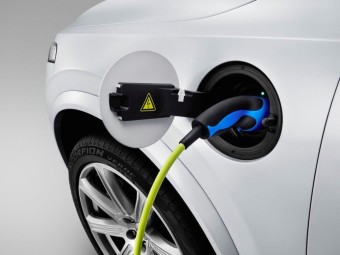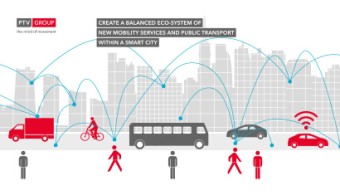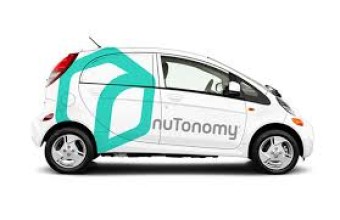Volvo Cars to go all electric
As the first OEM, Volvo Cars, the premium car maker, has announced that every Volvo it launches from 2019 will have an electric motor, marking the historic end of cars that only have an internal combustion engine (ICE) and placing electrification at the core of its future business. No doubt the electric focus of its Chinese parent company, Geely, played a large part in this decision. Next week one of Geely’s other companies, the London Taxi Company, will unveil its new electric taxi.
The announcement by Volvo represents one of the most significant moves by any car maker to embrace electrification and highlights how over a century after the invention of the internal combustion engine electrification is paving the way for a new chapter in automotive history. “This is about the customer,” said Håkan Samuelsson, president and chief executive. “People increasingly demand electrified cars and we want to respond to our customers’ current and future needs. You can now pick and choose whichever electrified Volvo you wish.”
Volvo Cars will introduce a portfolio of electrified cars across its model range, embracing fully electric cars, plug in hybrid cars and mild hybrid cars. It will launch five fully electric cars between 2019 and 2021, three of which will be Volvo models and two of which will be high performance electrified cars from Polestar, Volvo Cars’ performance car arm. Full details of these models will be announced at a later date.
These five cars will be supplemented by a range of petrol and diesel plug in hybrid and mild hybrid 48 volt options on all models, representing one of the broadest electrified car offerings of any car maker. This means that there will in future be no Volvo cars without an electric motor, as pure ICE cars are gradually phased out and replaced by ICE cars that are enhanced with electrified options.
“This announcement marks the end of the solely combustion engine-powered car,” said Mr Samuelsson. “Volvo Cars has stated that it plans to have sold a total of 1m electrified cars by 2025. When we said it we meant it. This is how we are going to do it.”
The announcement underlines Volvo Cars’ commitment to minimising its environmental impact and making the cities of the future cleaner. Volvo Cars is focused on reducing the carbon emissions of both its products as well as its operations. It aims to have climate neutral manufacturing operations by 2025.
The decision also follows this month’s announcement that Volvo Cars will turn Polestar into a new separately-branded electrified global high performance car company. Thomas Ingenlath, Senior Vice President Design at Volvo Cars, will lead Polestar as Chief Executive Officer.
- Volvo Cars will introduce a portfolio of electrified cars across its model range. Polestar will be Volvo’s new high-end performance company.









